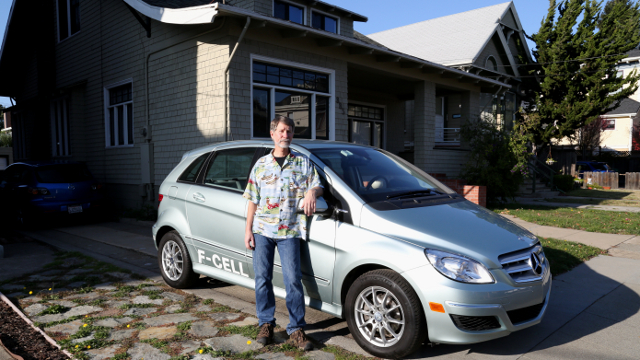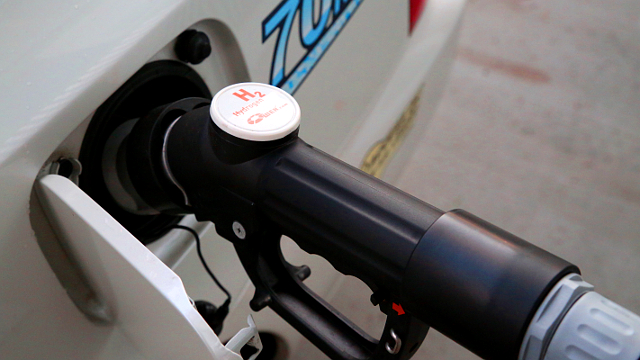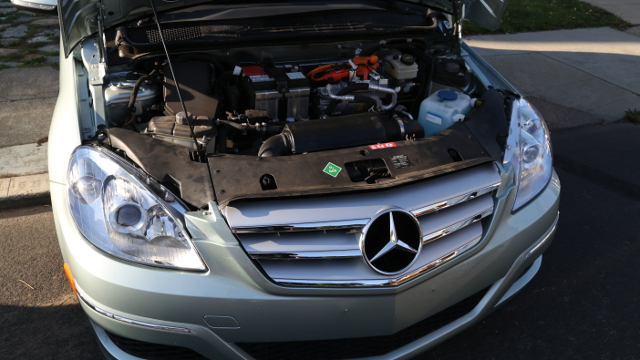Bill Holloway loves showing off the sporty metallic sedan he uses to brave a150-mile commute to his job or while running errands around town. The 62-year-old resident of Alameda, California, will even hand over his keys -- as he did with me -- to individuals curious about the car and how it handles on neighborhood roads and busy highways. But what really makes his Mercedes a conversation starter is the fuel it uses: compressed hydrogen gas that gets converted into electricity to power the car’s electric motor and travel roughly 200 miles per fill-up, with water vapor as the only tailpipe emission.

When I took his hydrogen fuel cell vehicle for a spin, I had to agree that it was fun to drive and had that Ninja-quiet, electric car feel to it, much like a Toyota Prius. The comparison is apt, considering that in 2015, Toyota will release a new hydrogen car that can travel roughly 300 miles per fill-up, a range that is on par with conventional gasoline-powered cars. In spring 2014, Hyundai will release the Tucson Fuel Cell, an SUV that runs on hydrogen, for Southern California motorists willing to put down $2999 and pay $499 a month for a three-year lease, fuel and maintenance included.
If the commercial roll-out of new hydrogen cars is successful in California, the nation’s largest car market, the cars may then expand to other markets where concerns about CO2 emissions and climate change resonate among voters and consumers. In October 2013, for example, seven other states joined California on an ambitious initiative to place more than three million zero-emission vehicles on the road by 2025, presenting both a challenge and an opportunity for hydrogen fuel cell vehicles.
Even the federal government is showing renewed interest in fuel cell technology and the infrastructure the cars desperately need to take off. In May 2013, the Department of Energy launched H2USA, a public-private partnership that includes the American Gas Association, automakers and other industries working together to make the production and delivery of hydrogen fuel cheaper and more efficient.

But as Holloway told me, “If someone wants a fuel cell car, I would give them a rousing thumbs up for their decision as long as they can find somewhere to fill it.” Currently, there is only one public hydrogen refueling station in Northern California where he can fill up his Mercedes B-Class F-Cell, which he leases from Mercedes for $950 a month, hydrogen included. At the time of our filming, only a handful of other drivers were leasing a Mercedes F-Cell in the San Francisco Bay Area, and only one other auto maker -- Honda -- was also leasing its fuel cell sedan, the FCX Clarity, to motorists based in Southern California.
